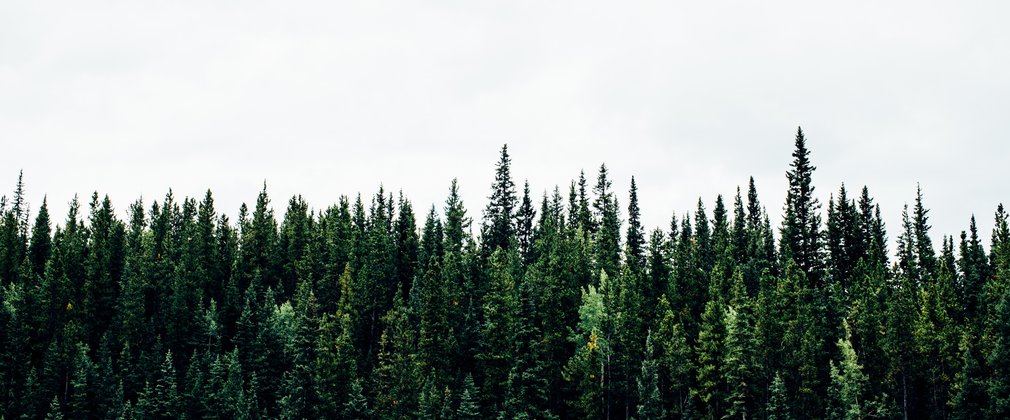Scalderskew Forest Plan
About the Forest Plan area
Scalderskew is a single forest block of 97.9 ha, situated in the parish of Ponsonby, 5 km north of Gosforth and 7 km east of Egremont. Scalderskew lies within the north-western boundary of the Lake District National Park and is 1 km north of the adjacent Blengdale Forest, also managed by Forestry England.
The block is owned freehold having been purchased in 1937 by the then Forestry Commission, with planting starting in 1938.
This is the fourth revision of the Scalderskew Forest Plan which was last undertaken in 2009. It has been brought up to date in terms of work achieved over the last plan period, and ongoing implementation of the management objectives. In future revisions, this forest plan will be amalgamated with that for Blengdale as they sit in the same landscape unit.
Objectives of the plan
Economic objectives
- This plan ensures that Scalderskew will continue to provide a level of timber production and long-term carbon retention.
- Timber production will be lower than under the old clearfell strategy, but this will allow for smaller, more regular thinning interventions to feed timber out of the forest, reducing the overall impact of lorry traffic and the scale of habitat impact.
- Restocking with a variety of native species and conifers as nurse crops, to diversify the forest and build resilience to future plant health risks to woodlands.
Environmental objectives
- Expansion of the continuous cover principles in existing spruce crops will allow for retention of forest cover, moving away from large clearfells.
- Silvicultural thinning will provide the opportunity to create a multi-storied forest structure.
- Moving the forest towards a larger broadleaf component woodland will increase habitat diversity for forest dependent species.
- Restoring native woodland adjacent to Worm Gill will benefit the riparian zone.
Social objectives
- Increased landscape diversity through new tree species planting will improve the visual appeal of the forest for visitors.
- Adjustments to the forest edge will improve the visual fit of the forest in the surrounding landscape.
- Continue to maintain a low-key recreation approach.
- Historic features will be surveyed for and protected during the planning and implementation of forest operations.
What we’ll do
The impacts and threats associated with emerging pests and diseases, particularly Phytophthora Ramorum, have necessitated the largest changes, with much of the larch already felled prior to this revision under Statutory Plant Health Notices. In this respect the scale and pace of felling forced a change to the original objectives.
The restocking plan seeks to reduce the proportion of Sitka spruce by increasing the diversity of tree species, and forest structure through the use of broadleaf and other conifer species. Future management for the forest seeks to move away from clearfelling to incorporate continuous cover systems that use regular thinning to manage the transition phase, produce a sustainable quantity of timber and improve the opportunities for biodiversity. The future success of natural habitats and woodland regeneration will be dependent on a reduction in browsing levels by sheep and deer.
For the public, Scalderskew is managed primarily as a quiet, low-key recreational destination for walkers.
For further information regarding the management of Scalderskew forest, please refer to the full plan below. Progress against this plan will be checked by the local forest planning team in 2029 and fully reviewed and updated in 2034.

